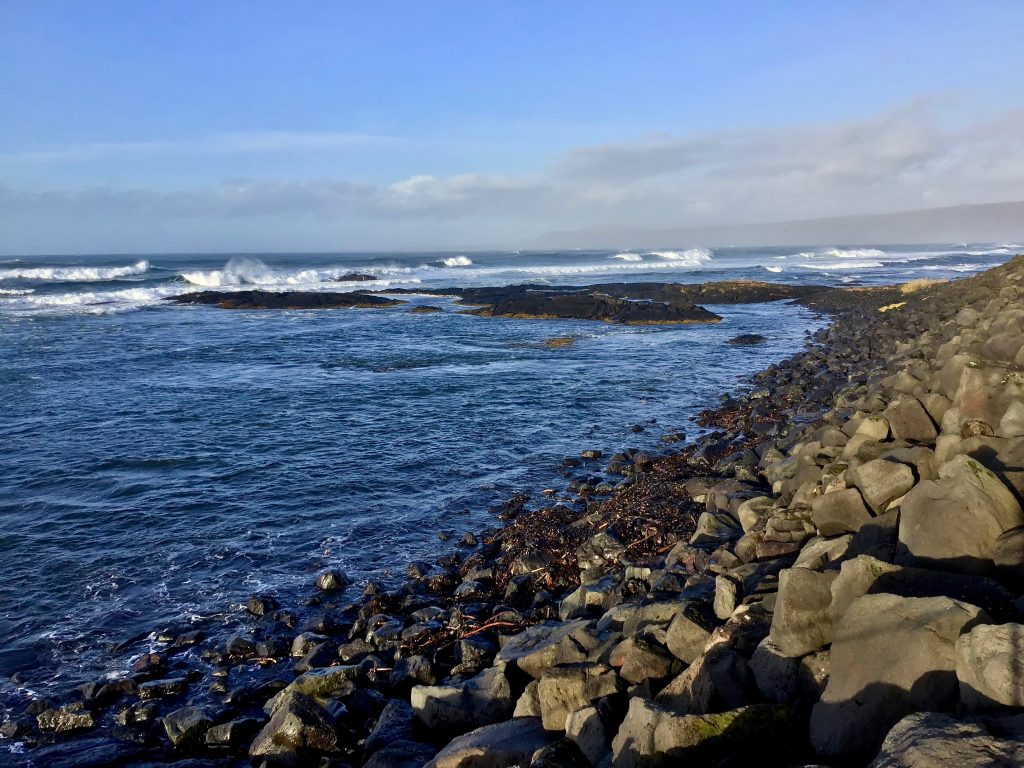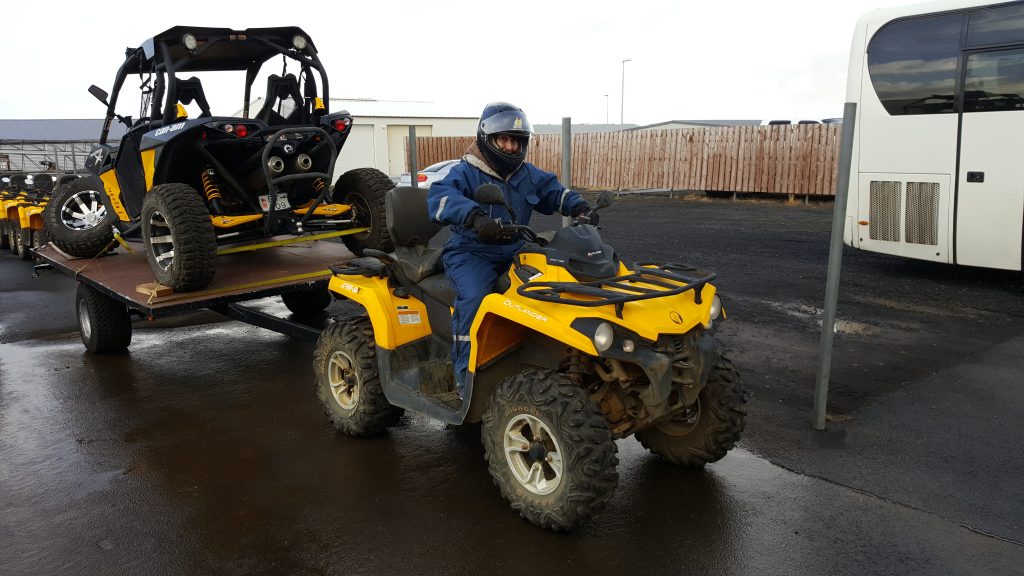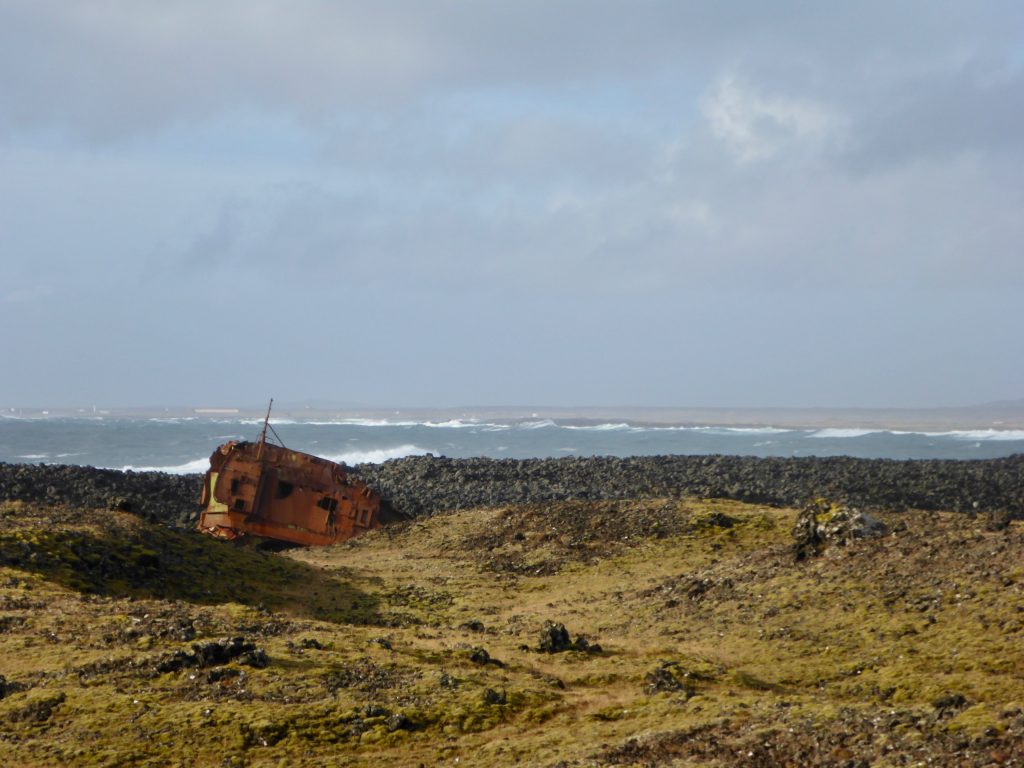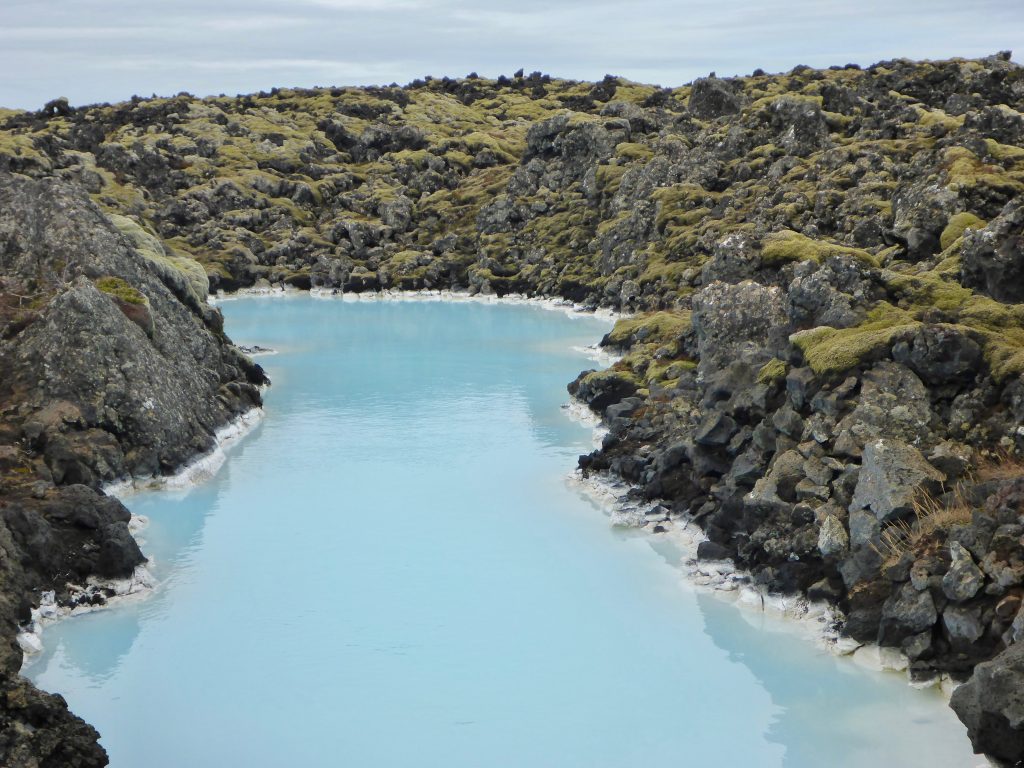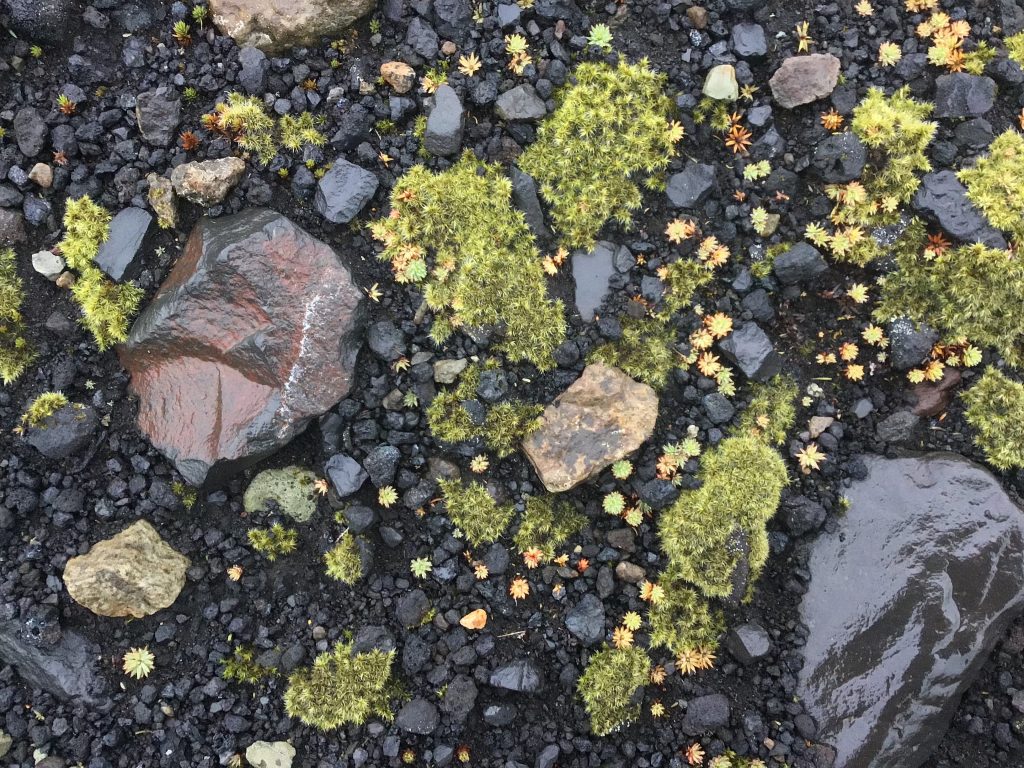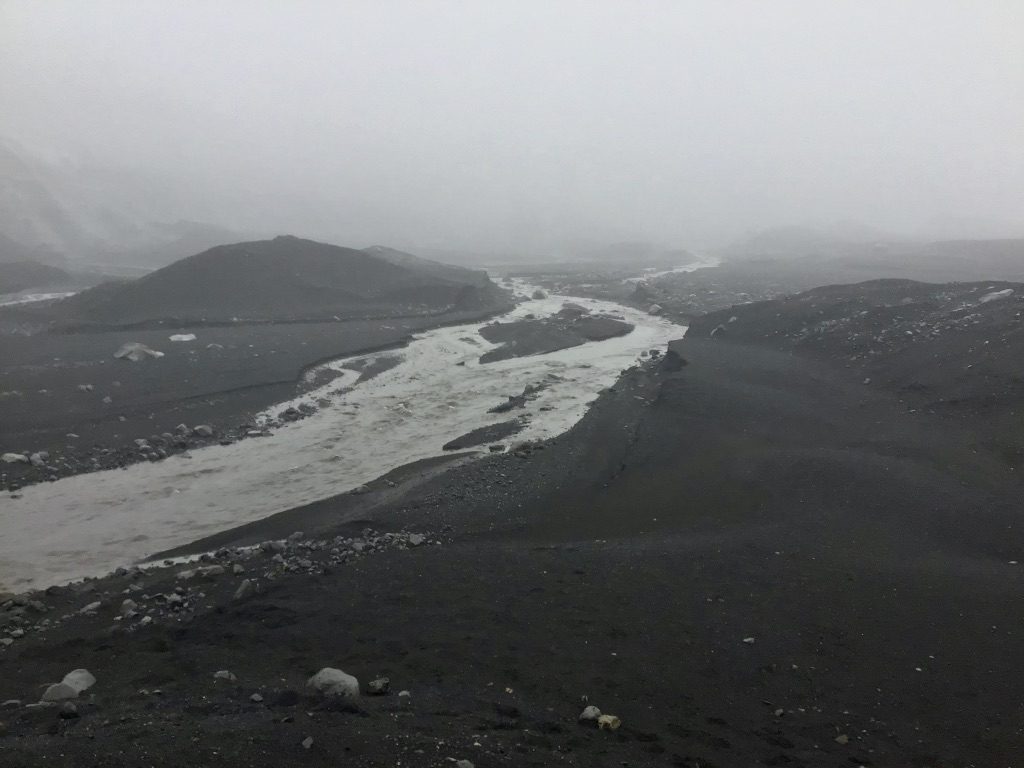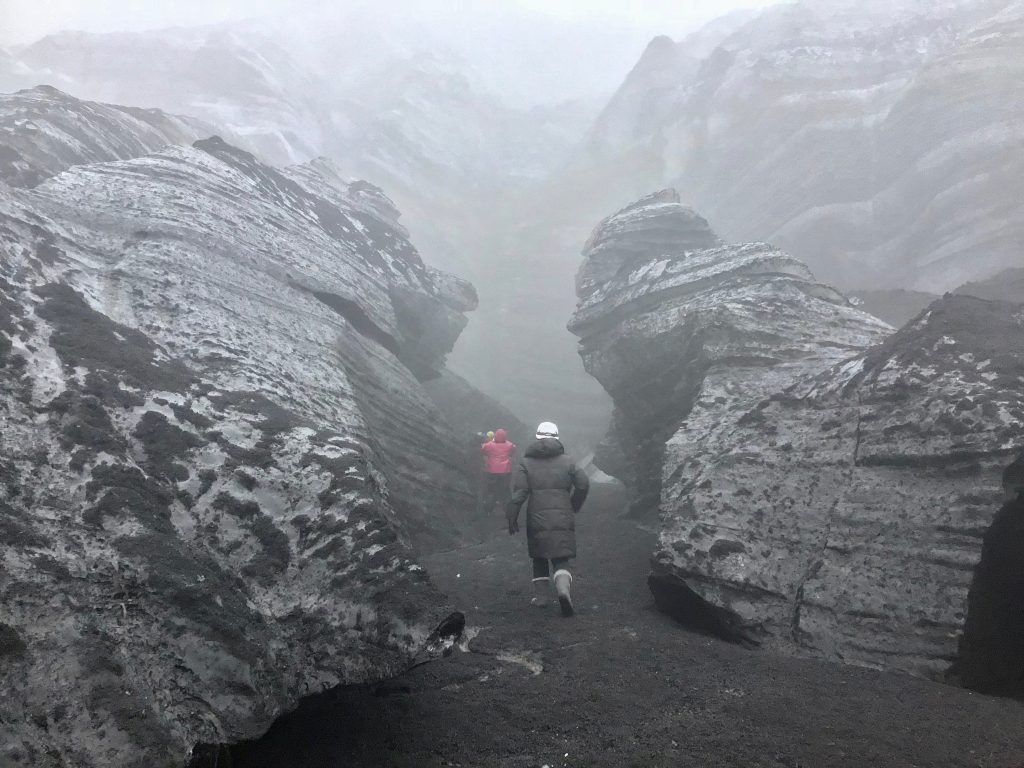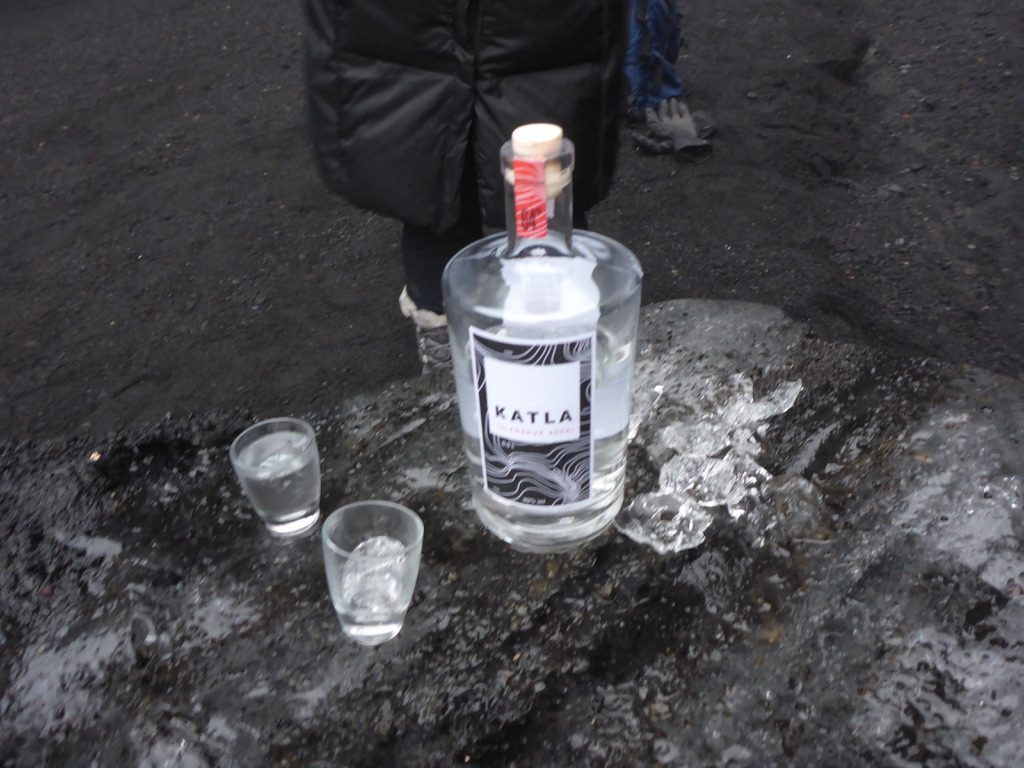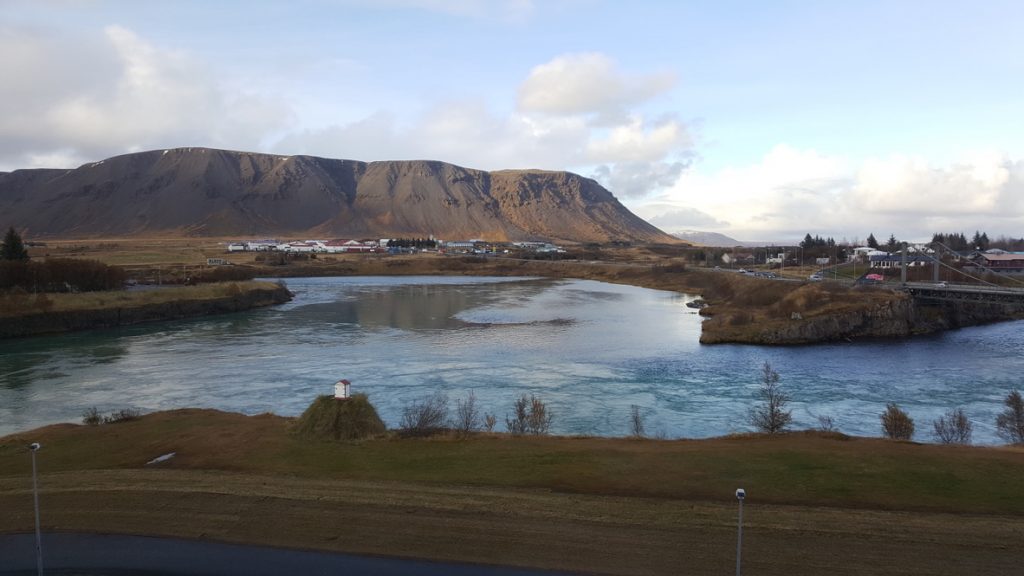In June 2018, I ambitiously decided to spend the summer getting through all the unread books in my bookcase. (Read about it here.) At the start of the project, I had 28 books to get through.
I now have 22 unread books remaining, but three were added over the last year. From last year’s original count of 28, I have 19.
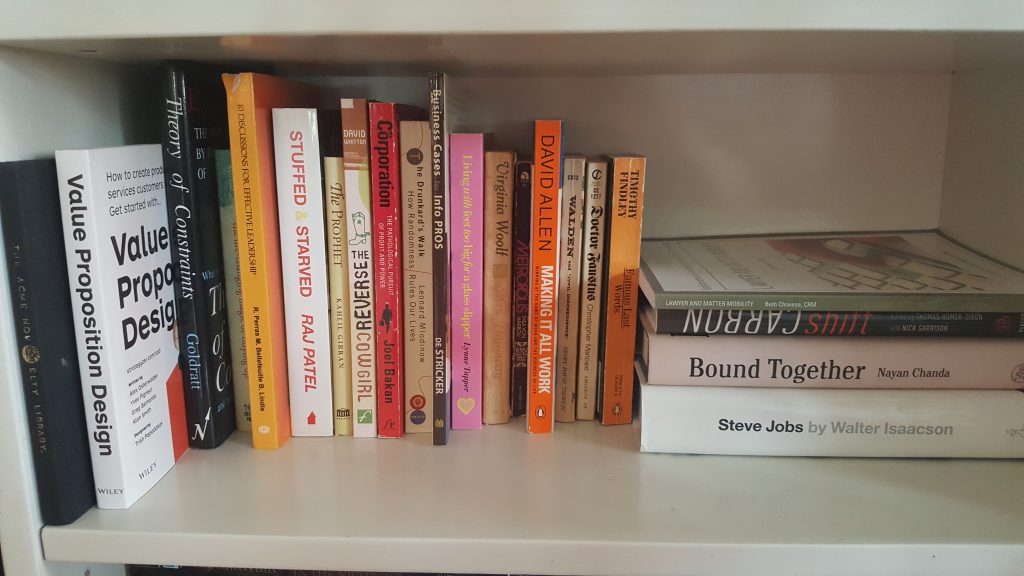
I have to admit, I pretty much failed with the project. It seems now, looking at my bookcase over 1 year later, that the pile of unread books hasn’t changed that much.
In reviewing my year of “reading,” I realized I got sidetracked by a couple of things.
- I finally got a new ereader last October (2018). I wasn’t able to resist the allure and convenience of reading on it, compared with an actual paper book. This is especially true for the super thick hardcover books that are on the unread shelf. I do love paper books, and I would be very sad if we didn’t have them anymore, but the ereader is so small and versatile. It makes reading on the go really easy.
- People kept giving me new books to read, which for some reason, made it to the top of the unread pile. So while many of the books look the same as the ones from last year, it’s because the new ones were processed more quickly. I also acquired a few on my own.
A few months ago, I did end up going through the rest of my bookcase and donated some books, so that cleared up some space.
Even though I failed with my little project last summer, the approaching long, dark, cold winter months in Canada will give me ample time to start the project again. I usually don’t move around as much in the winter, so it’ll be a good opportunity to tackle the really heavy, large, thick hardcover books. I definitely don’t want to be reading those on the subway.
It’s now become a new Winter Reading project.

